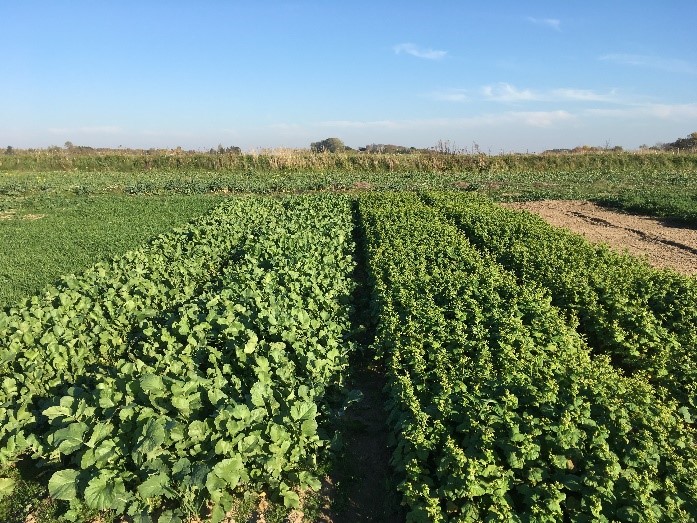Nutrient Management

A nutrient management strategy seeks to achieve optimal nutrient use efficiency, crop yields, crop quality, and economic returns, while reducing off-site transport of nutrients that may impact the environment. It involves matching a specific field soil, climate, and crop management conditions to rate, source, timing, and place, of nutrient application.
While it is a challenge to achieve optimal nutrient management in a specific location, even using very well characterized inputs from the chemical fertilizer market, it is even more challenging to achieve this using organic wastes or plant residues, that are variable and often only partly understood in terms of their quality and impact on soil nutrient cycles.
The Soil Fertility group focuses on optimizing nutrient management through an integrated approach where the supply of nutrients is synchronized to the demand. This is done by timing the application of mineral and organic fertilizers and through the use of leguminous green manures and catch crops. This require extensive knowledge about nutrient release characteristics of organic fertilizers as well as crop and catch crop residues, weather and crop and catch crop growth and soil properties.
This knowledge is achieved through a range of experimental approaches including, incubation studies, pot trials in greenhouses and field experiments with various fertilizers, crops and catch crops. These results are subsequently generalized and extrapolated using nutrient management modelling approaches most often based on the soil, plant, atmosphere system model Daisy.
During the past decade, we have worked together with organic farmers and their organizations to improve nutrient management of internal resources, as well as expanding their access to societal resources for fertility building. Apart from providing solid evidence based on natural science, this also provides input to the wider discussion on policies for recycling in organic farming, and agriculture at large.
